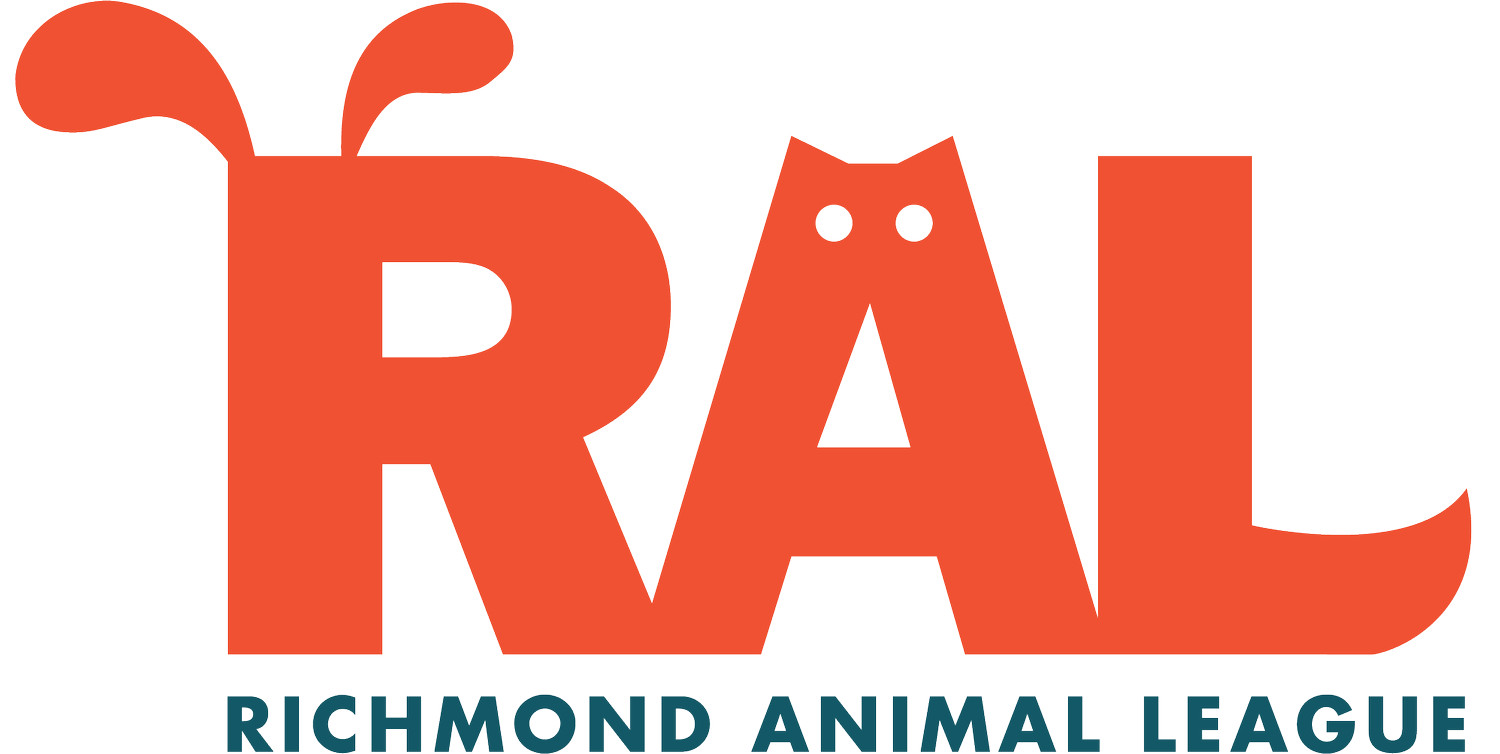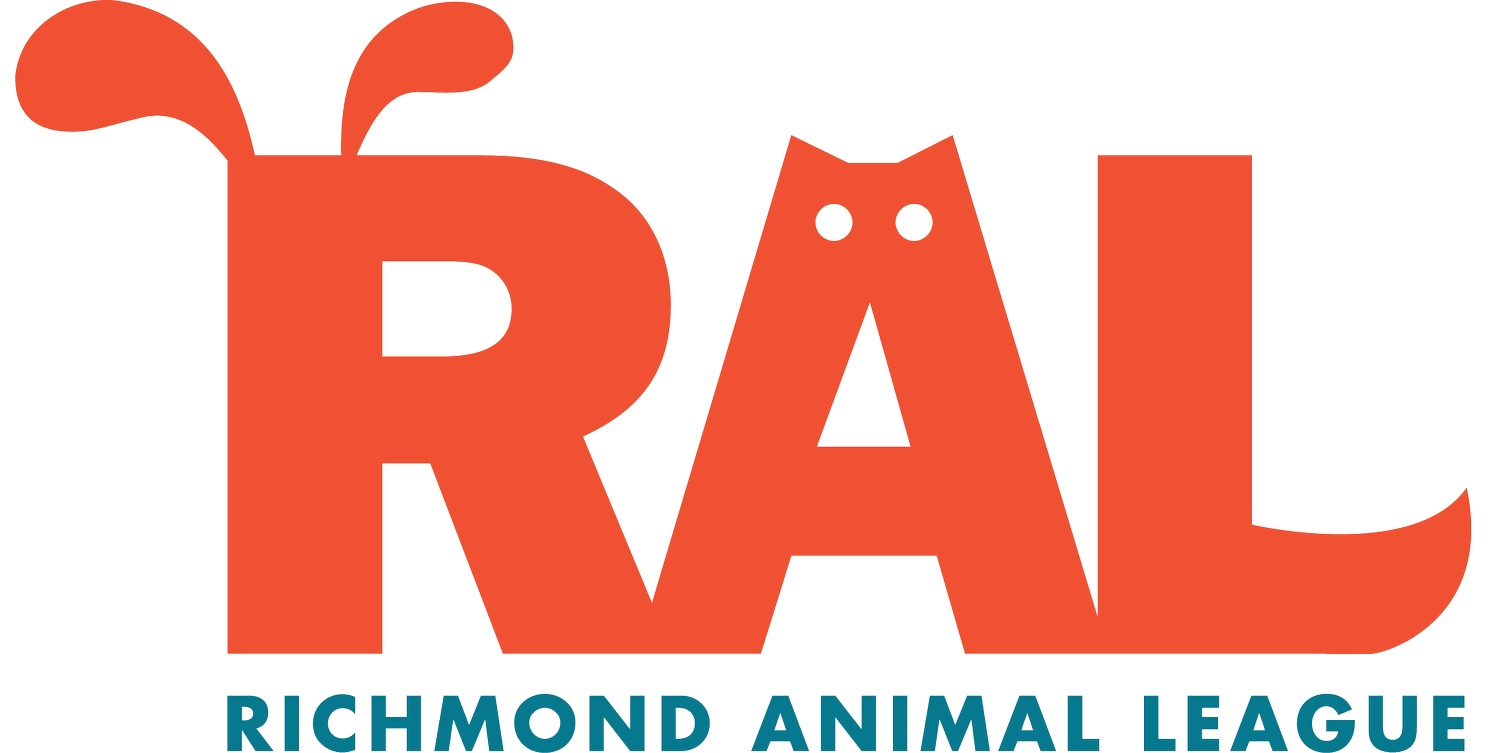Puppy Socialization
Puppy Socialization
Socializing a new puppy is the most important thing you can do to create a wonderful dog. Many behavior problems in older dogs stem from the simple fact that the dog was not socialized as a puppy. It’s easy, it’s fun, and it’s important!
Dogs have a natural period between 3-12 weeks of age when they are open to learning about their environment. This adaptive process allows puppies to habituate to all the things they will normally encounter in their world. After this period is over, they will often avoid novel things. Using their natural flight or fight response, they will try to increase the distance between themselves and anything they were not socialized to.
During this socialization period, it is essential to introduce the puppy to as many different things (people, animals, sights, sounds, textures, etc.) as possible. Because dogs do not generalize well, you should socialize your pup to as many things as possible.
People: individuals of various ages, genders, and physical appearances, including those with unique characteristics such as handicaps, distinctive gaits, uniforms, beards, or peculiar behavior.
All the experiences with these individuals should be positive, using play or treats. A good suggestion is to have a “stranger goodie bag” that you carry. Every time you meet someone new, ask that person to give your puppy a treat.
The puppy should also be exposed to being petted and handled by as many different people as possible.
Situations: crowds, kids on bikes, traffic, car rides, soccer games, different sounds, floor textures, etc. Again, make positive associations with these situations using food, treats, or play.
Other animals: especially other dogs, but also cats, squirrels, livestock, etc.
Exposing puppies to tons of different people, situations, and things in their environment will enable them to cope better with new experiences later in life.
Puppy classes are beneficial for socialization, but it’s not enough to go to class once a week for 5 weeks; you need to do more. An active approach of exposing the puppy to many things and positively associating with them will reduce the risk of fearfulness and aggression in adulthood.
Play with Other Dogs
It is important to allow puppies to play with other puppies and non-aggressive adult dogs. This is the only way they learn proper canine social skills. Dogs that do not learn “dog language” are tense and antisocial and cannot read other dogs well. They are, consequently, at higher risk for dog-dog aggression or fearful reactions to other dogs.
Bite Inhibition
It is normal for puppies to mouth people. They do it because they are teething and exploring their world. But puppies are genetically programmed to learn that it is not okay. Mother nature set dogs up with a system to learn “bite inhibition” by giving puppies needle-sharp teeth that hurt even with little pressure. The mother is the first to start teaching the puppy bite inhibition when she corrects her pups for biting her too hard. A mother’s correction is timed perfectly, with just the right amount of correction to make her point, and over quickly. Littermates are next in line to continue the lesson of bite inhibition. During play, if one pup bites another too hard, the one who was bitten will scream and stop playing. So, the biting puppy learns that all the fun stops if they bite too hard. With all of this tremendous canine feedback, puppies start to learn bite inhibition. We take them away from their mom and litter before they learn this important skill. So it is up to us to continue the lessons.
When your puppy puts their mouth on you, loudly cry, “OUCH,” as though it hurt way more than it did, and give them the cold shoulder for a few seconds. This stimulates the puppy's feedback from their littermates -" When you bite too hard, I cry and stop playing.” After a few seconds, start playing again, but try to direct your puppy’s biting onto a toy instead of your hand. Repeat this procedure over and over until you notice they are biting less often. You will be teaching your puppy mouth self-control – or bite inhibition. After a few weeks of this, your puppy should stop biting. Consistency is key!
Dragging leash (house line)
If your puppy is the type that either comes right back at you after you yell “ouch” or gets even more feisty - have them drag a lightweight leash at all times (when you are home), and if they bite - say “OUCH - TIME OUT” and pick up the end of the leash and tether them to something like a table leg or door knob. Leave them tethered for about 30 seconds (or until they are quiet) and then untether them. Repeat this every time they bite.
Tethered play sessions
Another helpful procedure for mouthy puppies, especially if young children are in the house, is to tether the puppy while you or the kids interact with them. As soon as they mouth you – cry “ouch” high-pitched and walk away from them. Stay away for 30 seconds (or until they quiet down if they throw a fit) and resume playing with them using a toy.
Alone Time
Dogs are social animals and are genetically unprepared to be alone. Therefore, getting your puppy used to being alone is very important. Leave them alone for brief periods, over and over. Put them in their crate and leave the room, at first for a short time and then for longer and longer periods. Give them a chew toy to focus on while they are alone. When you leave, do not say “goodbye” or anything else to the puppy – just leave. When you come back, do not say “hello,” just come back into the room. If the puppy starts to cry or bark when you leave the room – DO NOT go back in. This will reinforce that behavior, and they learn that crying brings you back. Wait for a lull in the crying or barking, then return.
Physical Handling
It is important to handle your puppy as much as possible. The puppy should be handled every day, preferably by many people. They should stroke the entire body, look inside the ears and mouth, pick up the feet, etc.
In addition to normal handling, it is essential to prepare the puppy to be handled in ways that they might find frightening or painful. Most people (and all children) act inappropriately around dogs because they do not understand the things that upset them. The most common bite provokers include some variation on behavior that humans consider friendly – approach and reaching toward the dog or hugging the dog. Owners need to take the time to teach the puppy that human proximity and actions are not threats. Gently and gradually accustom the puppy to accept inappropriate human actions. If done properly, the puppy will quickly come to enjoy these exercises and look forward to being suddenly grabbed, restrained, and stared at.
Proximity
Have many people approach the puppy and hand them a food treat. Staring – start by holding a food treat by your eye, and give the treat when the puppy looks up. Slowly increase the time they must look into your eyes before they get the treat. Then, have visitors and strangers do the exercise. Reaching down – repeatedly offer a food treat with one hand and slowly reach down with the other. After a few trials, make contact, first one scratch behind the ear, then two, then several, before each treat.
Grabbing
As the above exercise proceeds, gradually increase the speed with which you reach for them. Similarly, increase the vigor of the petting, patting, and scratching with each trial. The aim is for the puppy to associate a rapidly approaching hand with profuse praise and wonderful treats. Hugging – Many children will go up to a strange dog and hug them. This is often considered unwanted restraint to the dog so we must teach puppies that being hugged is not a threat. Hug the puppy and then give a treat. Do it many times before letting a child do it.
Feeding Time
Some dogs aggressively guard their food, a behavior that is unacceptable and dangerous in the human household. You must teach your puppy that humans and food go together. Hang around with them when they are eating. Sit on the floor next to them, pet them, and put your hands in their bowl. Hand-feed them part of their meal so that they make an association between your hand and receiving food, not having it taken away. Occasionally, take the bowl away while they are eating and add a special treat. Walk up to the puppy while eating and drop in a special treat. Walk by the puppy while they are eating and “accidentally” bump into them. This work is vital to teach your puppy that they don’t have to guard their food.
Other Commonly Guarded Items
Dogs often guard other things like toys, bones, or tissues. The puppy must be taught that you can take anything away from them. To teach this, give your puppy a toy, but hold onto the other end. Show them a treat, and when they let go of the item, say “drop it” and give them the treat. Then, let the puppy take possession of the item and do the same thing. Offer the treat; when they drop the item to get the treat, say “drop it” and give them the treat. Then, pick the item up and give it back to them. By giving the toy back, you let them know that it’s not bad to let go of their toy; they get a treat and then get the toy back. Repeat this exercise several times in a row with that item. Eventually, you can use the “drop it” as a command for the puppy to release the item. At this point, you can start to fade out the treats and replace them with verbal praise. Repeat this over and over with as many items as you can.
Training
This is the best time to start training a puppy. Puppies learn so quickly. Using positive reinforcement, start teaching them to sit, down, and come. It is untrue that puppies can’t learn these things until they are 6 months old.
Punishment
NEVER physically punish your puppy. This only teaches the puppy to be afraid of you. In addition, you should NEVER even verbally punish the puppy unless you catch them doing the inappropriate behavior. Unless punishment comes at the time of the behavior or within half a second, the dog has no idea why they are being yelled at. The key to a good dog is to praise the good things and ignore the bad. Don't let it be that they only get your attention when they do something bad. Teach your puppy what you want through positive reinforcement. Doing this will create a great dog and a wonderful bond. Congratulations, and good luck with your new puppy!

